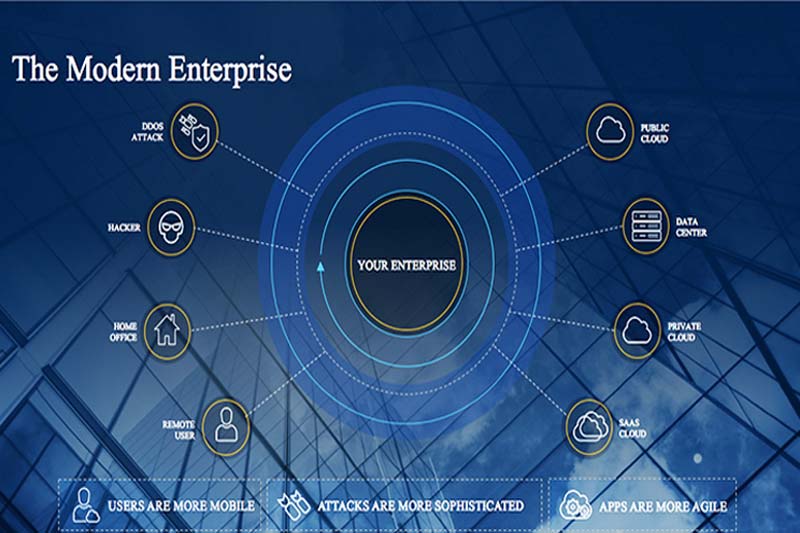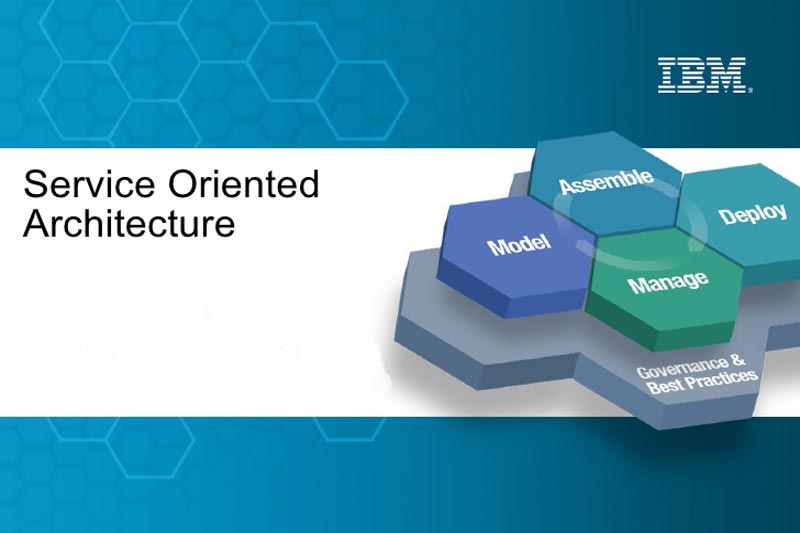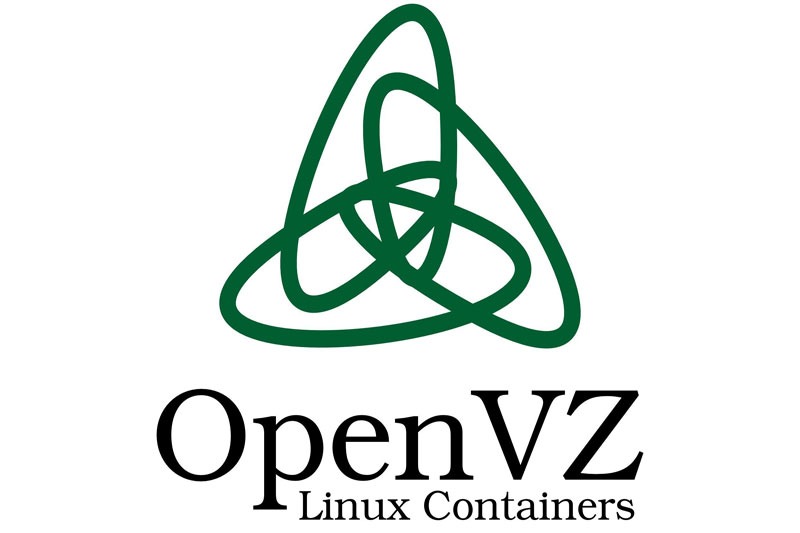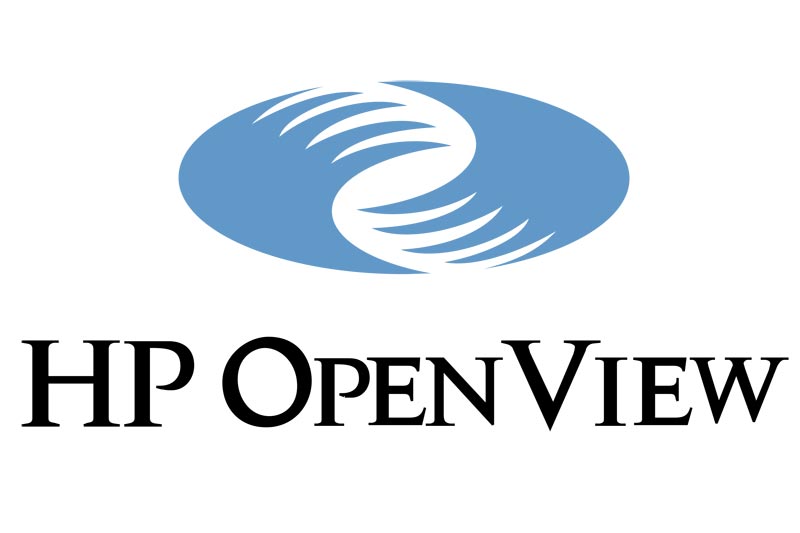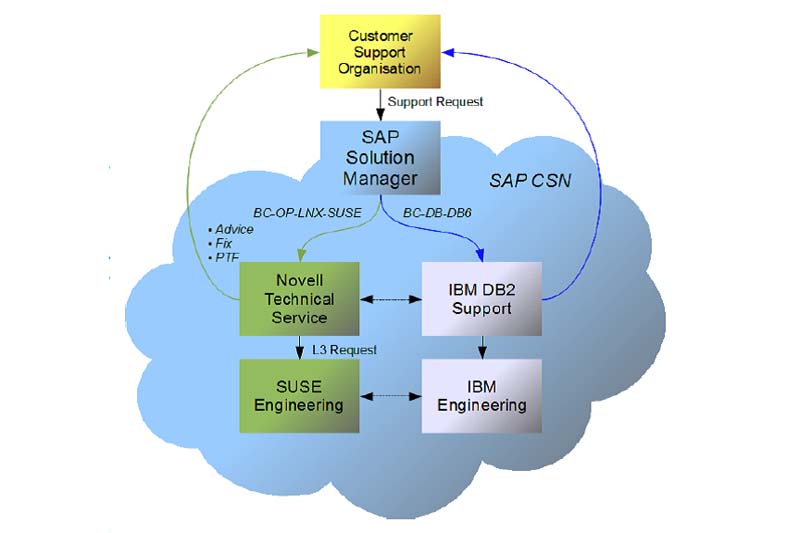manageStar, a business software firm in Walnut Creek, Calif. is among a growing number of commercial software firms looking to blend its commercial software with Open Source practices to better meet customer needs.
manageStar’s flagship software suite, Harmony, is comprised of modules that help businesses automate some key internal and B2B processes, including asset management, employee services, contract management, lease management and facilities management. Automating these types of practices in software can often require manageStar to customize the base modules, as one might expect.
To help contain costs and speed deployment of these customized solutions, manageStar engineers in 2001 hit on the concept of bring Open Source principals to their software — and their customer base. The ability to let customers “tweak” its core Harmony package is supported by the manageStar’s Equal Source Initiative, which execs say simply boils down to a simple idea — a balancing act between commercial and Open Source offerings that lets the customer use the right tools for the job.
In an interview with OET, Jason Henriksen, server technologies lead at manageStar, describes the balancing act at manageStar this way: “I’m responsible for code that is useful in a variety of software applications. However,” he added, “I am also responsible for the implementation of very client-specific solutions. Equal Source helps my team gain the advantages of Open Source for generic libraries, while maintaining tight control over the work that our clients would like to remain private.”
Continue reading “ISV Learns Open Source Lessons To Meet User Needs”

